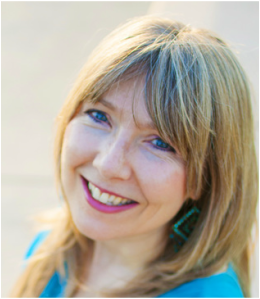Here are 3 diet tips that will help activate your skin’s natural defenses against sun damage:
Eat foods Rich in Lycopene
Lycopene, a carotenoid found in tomatoes, has been shown to provide protection against acute and potentially long-term sun damage. The lycopene is more bioavailable in cooked tomatoes like sauces than it is in raw tomatoes.
Take Astaxanthin
Astaxanthin, another carotenoid, is found in algae and animals that eat it, like shrimp and salmon. However, it is more easily obtained from a supplement. Astaxanthin is showing promise as an internal sunscreen, by protecting from UVA sun damage. It scavenges free radicals created by skin exposed to ultraviolet rays and seems to alleviate the pain and inflammation associate with sunburn. Here’s a great Astaxanthin Supplement to give you a boost.
Eat Omega 3 Fatty Acids
Research is showing that the anti-inflammatory properties of these fats found in fatty fish, walnuts, and flax can help protect the skin from UV damage. Typically, American’s ingest more omega 6 fats than omega 3s, leaving us out of balance. Buying 100% grass fed and pastured animal and dairy products also helps tip the balance in the right direction. You can also supplement with Omega 3 fish oils. Here’s a high quality Fish Oil Supplement that I like.
Have fun out there and get your sun safely!

 RSS Feed
RSS Feed
